Wondering what Alaska is known for?
From stunning glaciers to its large bear population, Alaska is famous for so many great things and is well worth a visit.
In this guide, we’re going over everything from the food Alaska is famous for to the history Alaska is famous for to the music and culture that define this state.
How do I know? I’ve been to Alaska many times during my travels in the US and have really fallen in love with this state.
After all, it’s the state of Denali, dog sledding, and the Northern Lights!
Let’s jump into the best things Alaska is known and famous for so you can get to know this state even better.
1. Stunning Landscapes

Alaska’s landscapes are nothing short of awe-inspiring.
From the towering peaks of the Alaska Range to the expansive tundra of the Arctic Circle, the state is a showcase of natural wonders.
The rugged terrain is home to massive glaciers that slowly carve valleys and fjords, leaving behind breathtaking landscapes.
The Kenai Peninsula offers a mix of forests, mountains, and coastline, while the Brooks Range showcases the remote beauty of the Arctic wilderness.
2. Denali
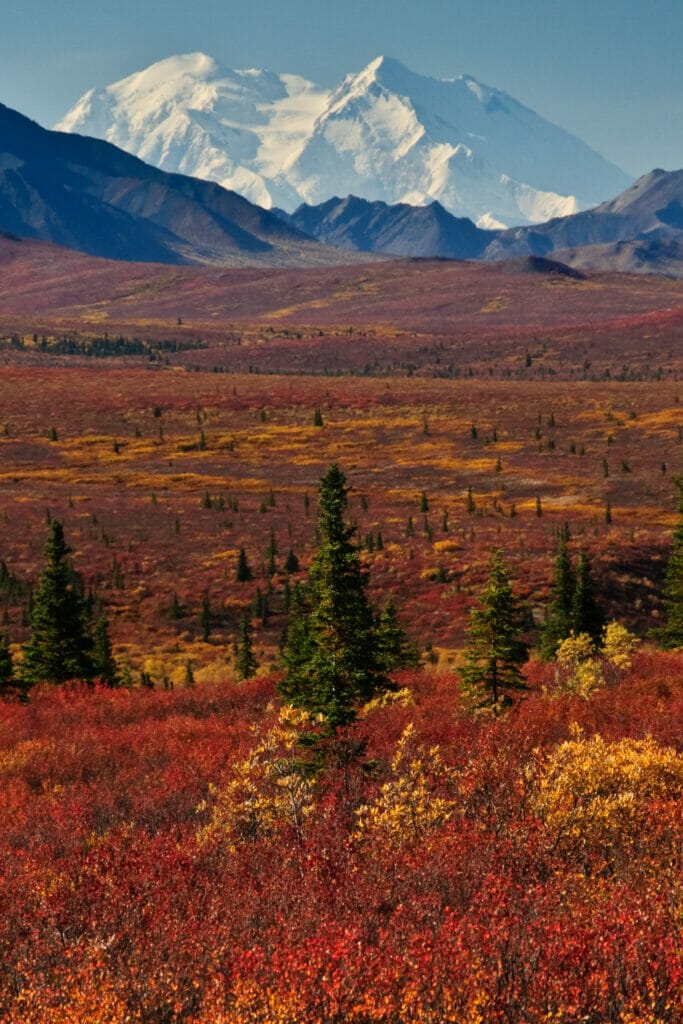
Denali, often referred to as “The Great One,” is a majestic mountain that stands at the heart of Denali National Park.
Rising to an elevation of 20,310 feet (6,194 meters), Denali is the highest peak in North America.
The mountain’s imposing presence attracts mountaineers from around the world who seek to conquer its challenging slopes.
Denali National Park itself is a haven for wildlife, with grizzly bears, wolves, caribou, and Dall sheep roaming its valleys and ridges.
3. Glaciers
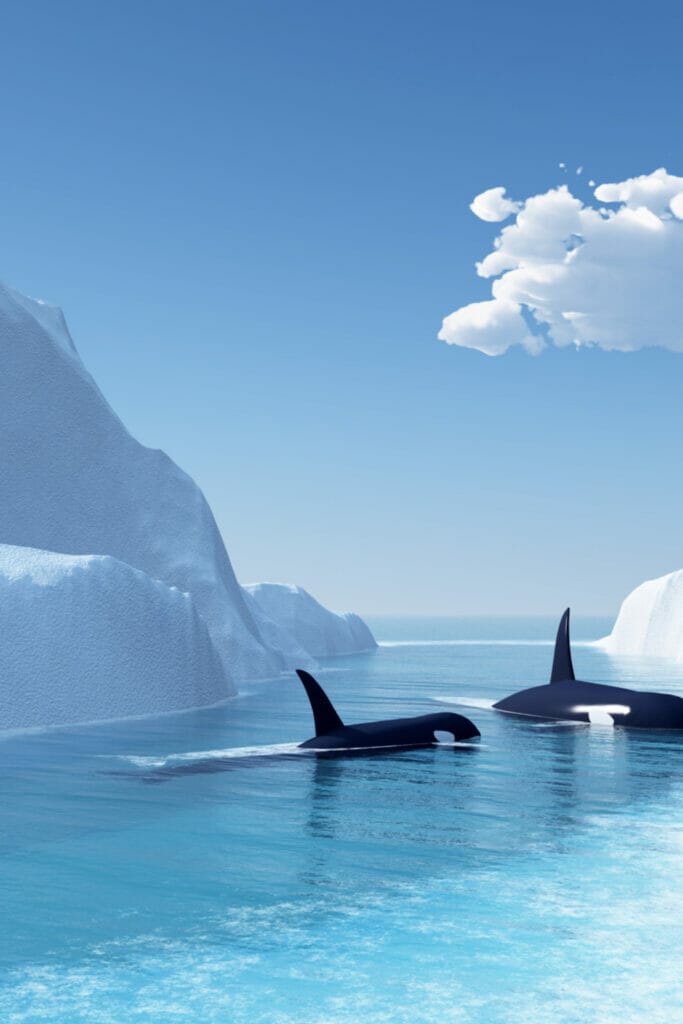
Alaska is home to an impressive collection of glaciers that have shaped its landscapes over millennia.
The Mendenhall Glacier, near Juneau, is easily accessible and offers a glimpse into the world of glacial ice, complete with ice caves and stunning blue hues.
The Hubbard Glacier, on the other hand, is North America’s largest tidewater glacier, known for its dramatic calving events where massive chunks of ice break off and crash into the sea.
Glacial cruises in places like Glacier Bay National Park provide an up-close experience with these frozen giants, giving visitors a chance to witness the powerful forces of nature at work.
4. Wildlife

Alaska’s diverse ecosystems provide a habitat for an array of wildlife.
Grizzly bears are often spotted fishing for salmon in rivers, while moose graze in wetlands and forests.
Caribou undertake epic migrations across the tundra, and bald eagles soar above, a symbol of freedom and strength.
The coastal waters are home to humpback, orca, and gray whales, captivating visitors with their majestic displays.
5. Aurora Borealis

The Northern Lights, or Aurora Borealis, paint the Alaskan night sky with vibrant hues of green, pink, and purple.
This natural phenomenon occurs when charged particles from the sun collide with gases in the Earth’s atmosphere, creating a spectacular light show.
During the winter months, when darkness prevails, the Northern Lights dance across the heavens, captivating those fortunate enough to witness this ethereal display.
6. Native Cultures
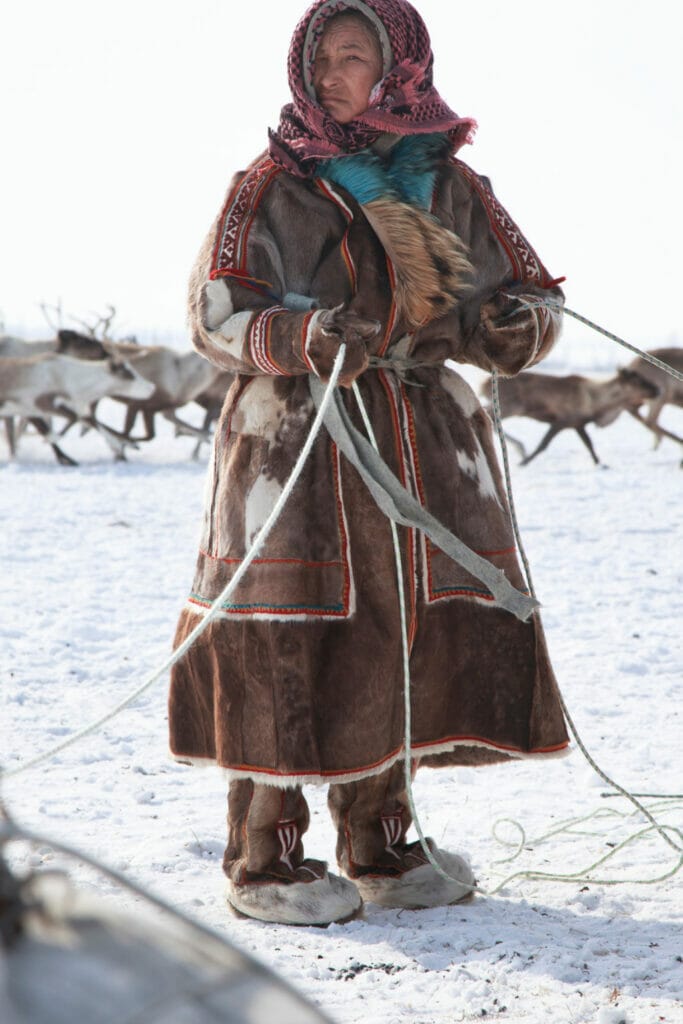
Alaska is home to a rich tapestry of Native American cultures, each with its own traditions, languages, and artistic expressions.
From the Tlingit and Haida of the Southeast to the Inupiat and Yup’ik of the Arctic, these cultures have deep roots in the land and sea.
Their art, including intricately carved totem poles and detailed beadwork, tell stories of their history, spirituality, and connection to the environment.
Visitors have the opportunity to learn about and appreciate these unique cultures through museums, cultural centers, and interactions with local communities.
7. Dog Sledding

Alaska’s history is intertwined with the use of dog sleds as a vital mode of transportation across its rugged terrain.
The Iditarod Trail Sled Dog Race, often referred to as “The Last Great Race,” is a legendary event that commemorates the historic serum run to Nome in 1925.
Mushers and their teams of dogs traverse over 1,000 miles of challenging terrain, showcasing the enduring bond between humans and their four-legged companions.
8. Salmon Fishing
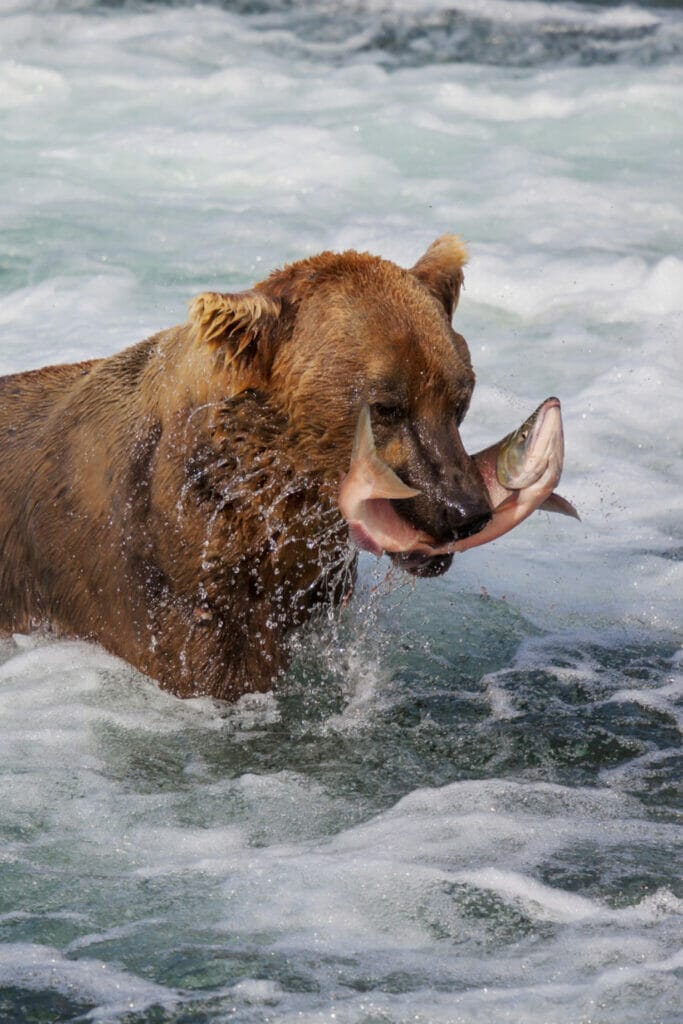
Alaska’s rivers and coastal waters are teeming with several species of salmon, including sockeye, king, and coho.
The state’s annual salmon runs are a marvel of nature, as these fish return from the ocean to their spawning grounds.
Anglers from all corners of the globe flock to Alaska to try their hand at fishing for these prized species.
Salmon fishing not only supports tourism but also plays a significant role in the state’s economy and culture.
9. National Parks

Alaska’s vast and untouched wilderness is preserved in its numerous national parks.
Wrangell-St. Elias National Park and Preserve is the largest national park in the United States, encompassing towering mountains, glaciers, and a wide range of ecosystems.
Glacier Bay National Park showcases the dynamic relationship between glaciers and the sea, with opportunities to witness calving glaciers and diverse marine life. Kenai Fjords National Park features breathtaking fjords, tidewater glaciers, and vibrant wildlife along the coast.
10. Midnight Sun
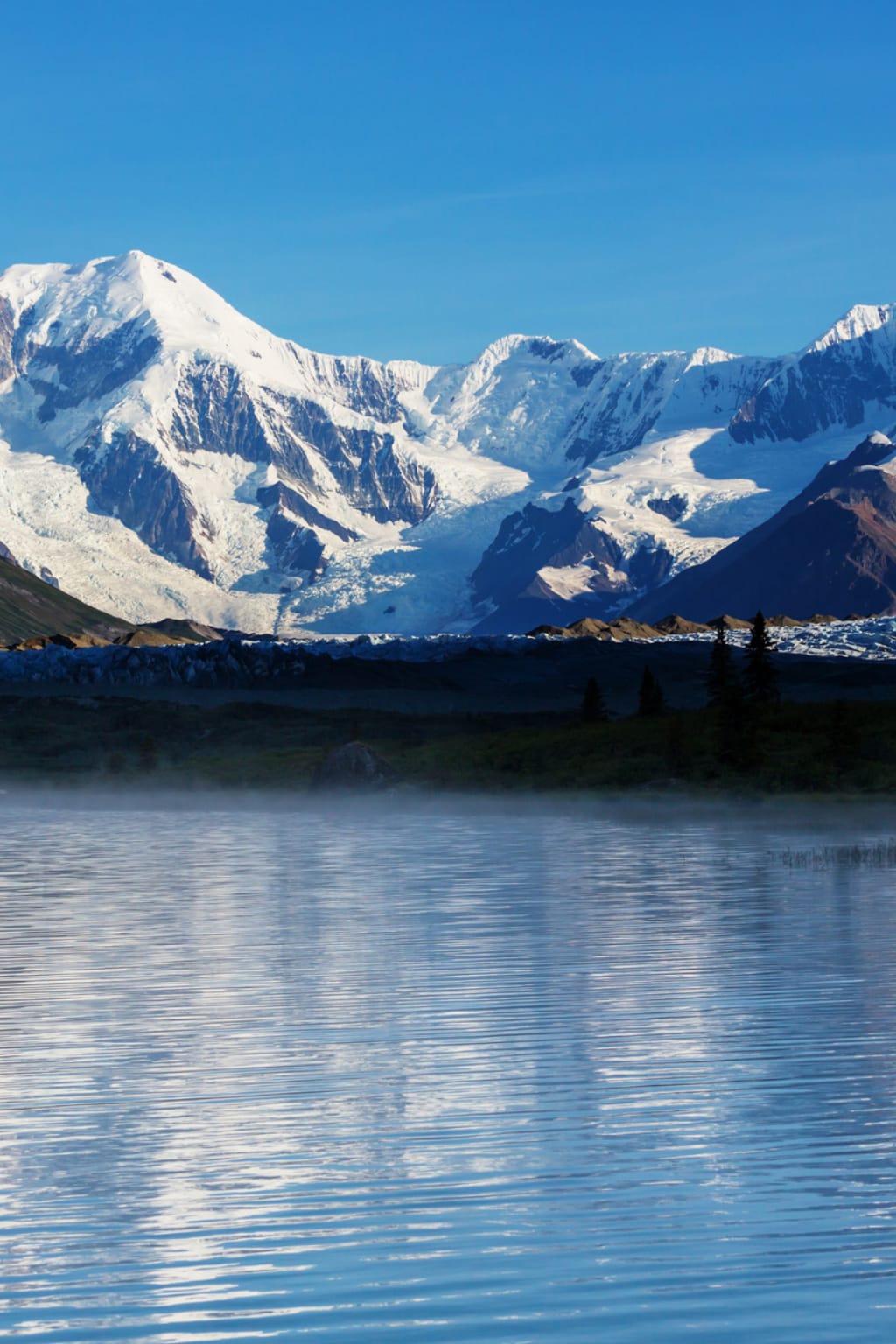
Alaska’s location near the Arctic Circle leads to a fascinating natural phenomenon known as the “Midnight Sun.”
During the summer solstice, parts of Alaska experience 24-hour daylight, allowing for extended outdoor activities and a surreal experience of timelessness.
11. Gold Rush History

The Klondike Gold Rush of the late 19th century left an indelible mark on Alaska’s history.
The discovery of gold in the Yukon drew thousands of prospectors seeking fortune, leading to the rapid growth of towns like Skagway and Dawson City.
The Gold Rush not only shaped the state’s economy but also contributed to the development of infrastructure and transportation routes that are still important today.
12. Alaska Native Art

The indigenous cultures of Alaska have a rich artistic heritage that is reflected in their intricate carvings, basketry, and regalia.
Totem poles, carved from cedar wood and adorned with symbolic figures, are a distinctive feature of many Native communities.
These works of art tell stories of ancestry, mythology, and cultural practices, and are a testament to the creativity and skill of Alaska’s indigenous peoples.
13. Breathtaking Cruises
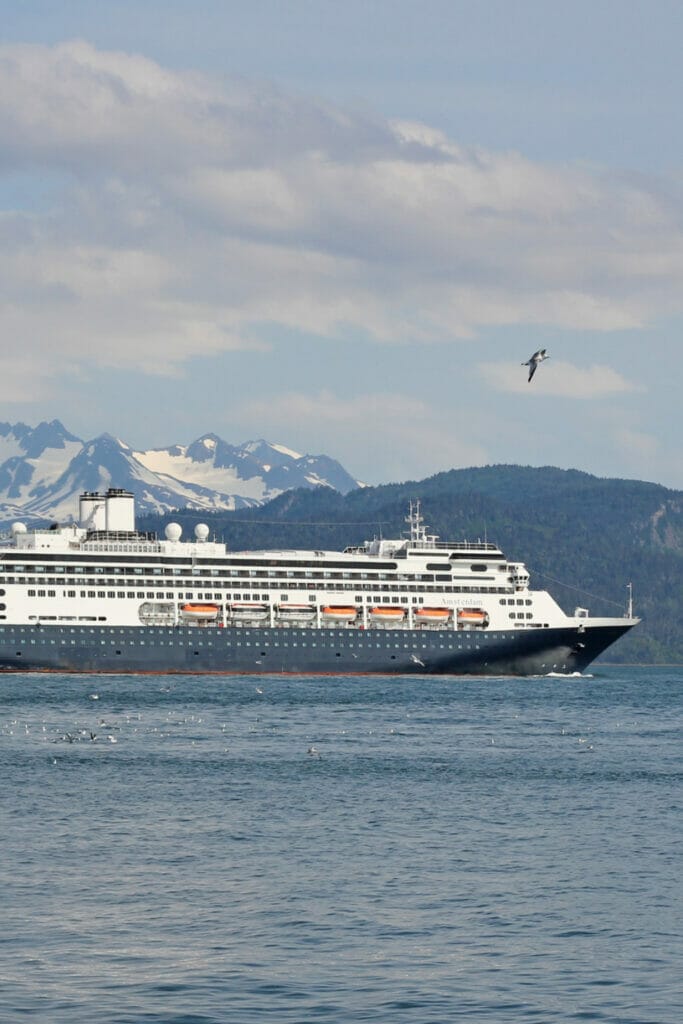
Alaska offers a one-of-a-kind cruising experience, allowing travelers to navigate the state’s stunning coastline, fjords, and waterways.
Cruises through the Inside Passage provide breathtaking views of glaciers, towering mountains, and coastal wildlife.
Passengers have the opportunity to witness calving glaciers, spot whales, and immerse themselves in the raw beauty of the Alaskan wilderness from the comfort of a cruise ship.
14. Geographical Extremes
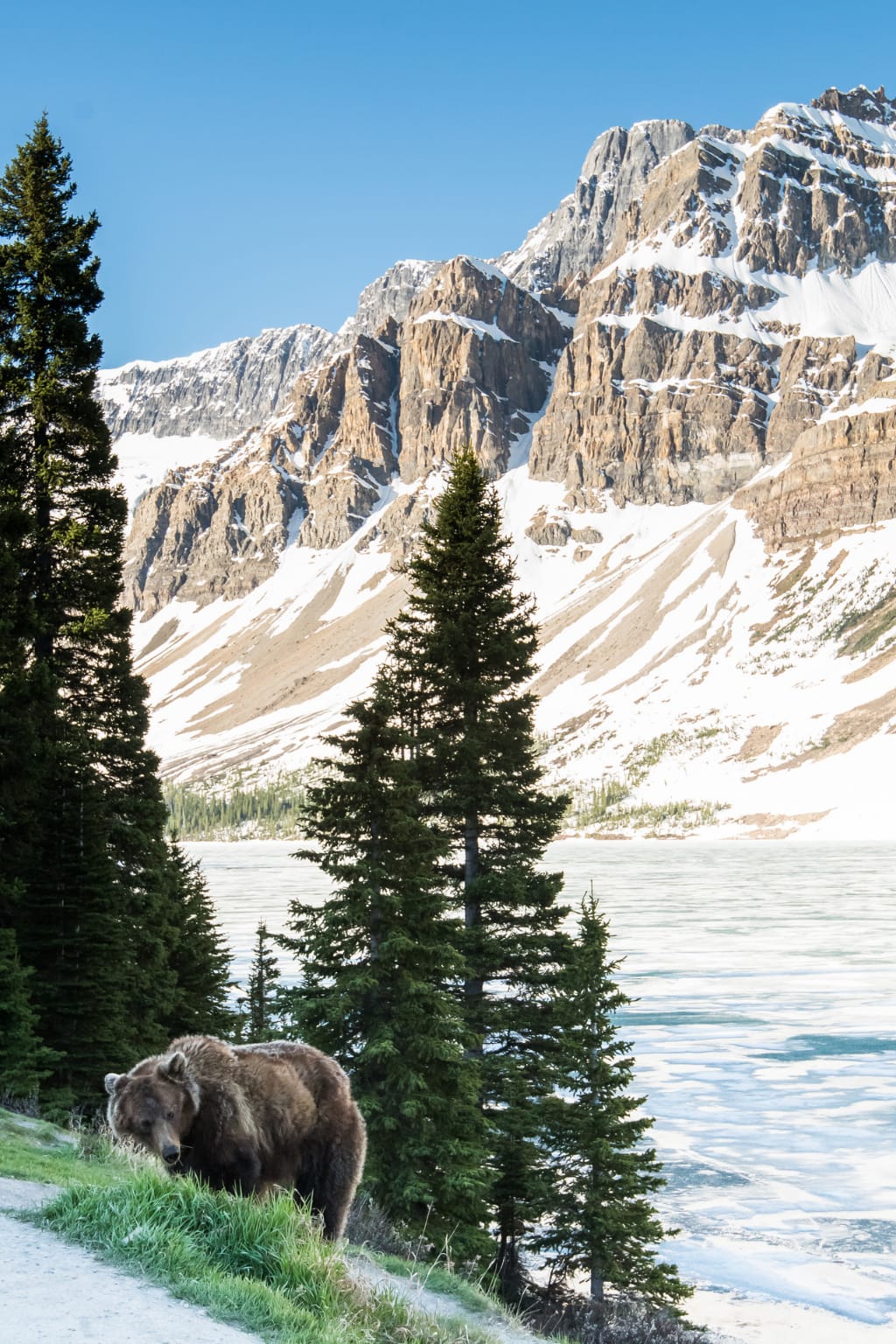
Alaska holds several geographical distinctions, including being the northernmost, westernmost, and easternmost state in the United States.
Point Barrow marks the northernmost point on the continent, while the Aleutian Islands stretch into the Pacific Ocean, representing the westernmost point.
And, of course, Alaska’s sheer size contributes to these extremes, as well as its vast wilderness and isolation.
15. Geothermal Springs
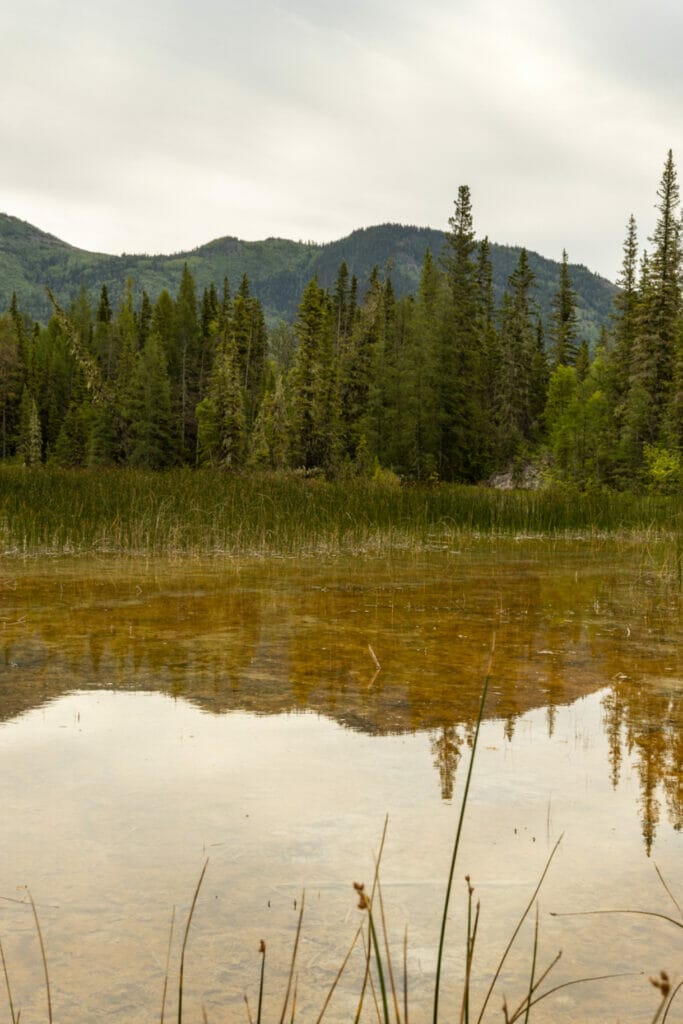
The Chena Hot Springs, located near Fairbanks, are a testament to Alaska’s geothermal activity.
These natural hot springs provide a relaxing and rejuvenating experience, especially in the cold Alaskan winters.
Visitors can unwind in the soothing warm waters while taking in the surrounding winter landscapes, making it a unique and memorable attraction.
16. Volcanoes
Alaska is part of the Pacific Ring of Fire, a region known for its high volcanic activity.
With over 130 active volcanoes, the state showcases the raw power and beauty of nature’s geological forces.
Volcanic landscapes like Katmai National Park and the Valley of Ten Thousand Smokes offer insights into the earth’s dynamic processes, and visitors can witness steam vents, craters, and lava fields.
17. Alaska Railroad

The Alaska Railroad is a historic and scenic rail network that stretches across the state, offering travelers a unique perspective on its landscapes.
This iconic mode of transportation allows passengers to journey through vast wilderness, pristine forests, and stunning mountain ranges.
The train’s large windows provide unparalleled views of Alaska’s natural beauty while showcasing the importance of rail travel in connecting remote communities.
18. Pioneer History

Alaska’s history is intertwined with the stories of pioneers, trappers, and adventurers who explored and settled the region.
Explorers like Alexander Baranov and John Muir left their marks on the state’s development, and tales of the Klondike Gold Rush brought prospectors seeking riches.
The pioneer spirit is still celebrated through historic sites, museums, and events that honor Alaska’s early inhabitants.
19. Russian Heritage
Alaska’s history includes a significant period of Russian influence. Russian explorers and fur traders established settlements, and their legacy is still visible in places like Sitka.
St. Michael’s Russian Orthodox Cathedral stands as a testament to this era, showcasing intricate architecture and design that reflect Alaska’s unique blend of cultures.
20. World’s Largest National Forest
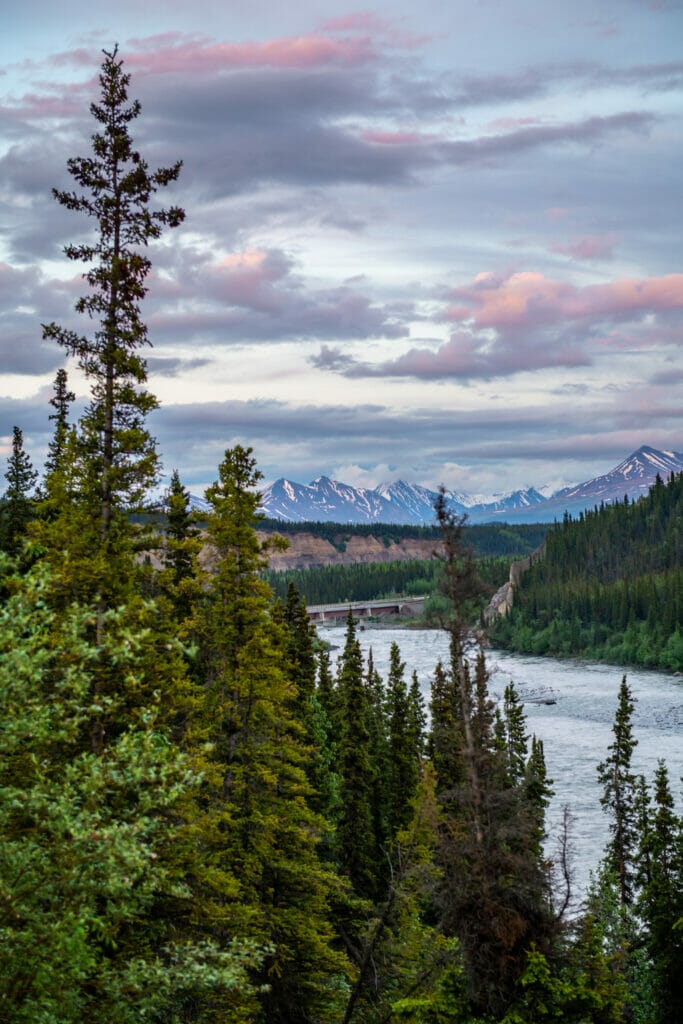
The Tongass National Forest covers a vast expanse of southeastern Alaska and holds the distinction of being the largest national forest in the United States.
Encompassing a diverse range of ecosystems, including temperate rainforests and coastal areas, the Tongass is home to an array of wildlife and provides a haven for outdoor enthusiasts seeking hiking, camping, and wildlife viewing opportunities.
21. Unique State Capital
Juneau, the capital of Alaska, stands out as the only U.S. state capital that is inaccessible by road.
Surrounded by mountains and waterways, Juneau is accessible primarily by air and sea.
This unique geographical setting adds to the city’s charm and offers residents and visitors a sense of seclusion amidst breathtaking natural beauty.
22. Bush Pilots
Alaska’s vast and rugged terrain demands a specialized form of transportation.
Bush pilots, skilled aviators who navigate the state’s remote and challenging landscapes, play a crucial role in connecting communities and providing essential services.
Flying small aircraft, these pilots offer access to areas that would otherwise be difficult to reach, showcasing Alaska’s reliance on aviation for travel and supply.
23. Seward’s Folly
The purchase of Alaska from Russia in 1867, often referred to as “Seward’s Folly,” initially drew criticism for its perceived extravagance.
However, over time, the value of the land’s resources, including gold, timber, and oil, became apparent, turning Alaska into a strategically important region for the United States.
24. Whale Watching

Alaska’s coastal waters provide some of the best opportunities for whale watching.
Humpback whales, orcas, gray whales, and other marine species can often be spotted during their migration and feeding seasons.
Whale watching tours offer a chance to witness these majestic creatures in their natural habitats, contributing to a deeper appreciation for the oceans’ biodiversity.
25. Harsh Climate
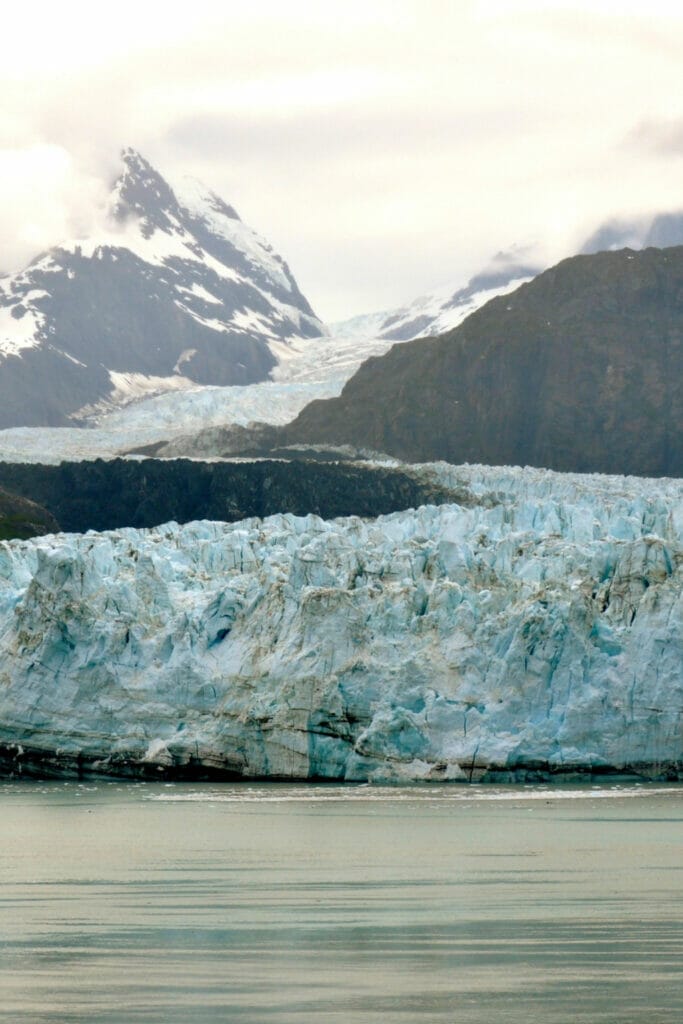
Alaska’s climate is characterized by extreme weather conditions.
Winters can be intensely cold, with temperatures dropping well below freezing, while summers bring milder temperatures and the unique experience of the Midnight Sun.
These challenging weather patterns have shaped the state’s way of life and fostered a culture of resilience and adaptability.
Want to know what things the other US states are known for? Check out our other guides!
- Interesting Things Alabama is Known For
- Interesting Things Arizona is Known For
- Interesting Things Arkansas is Known For
- Interesting Things California is Known For
- Interesting Things Colorado is Known For
- Interesting Things Connecticut is Known For
- Interesting Things Delaware is Known For
- Interesting Things Florida is Known For
- Interesting Things Georgia is Known For
- Interesting Things Hawaii is Known For
- Interesting Things Idaho is Known For
- Interesting Things Illinois is Known For
- Interesting Things Indiana is Known For
- Interesting Things Iowa is Known For
- Interesting Things Kansas is Known For
- Interesting Things Kentucky is Known For
- Interesting Things Louisiana is Known For
- Interesting Things Maine is Known For
- Interesting Things Maryland is Known For
- Interesting Things Massachusetts is Known For
- Interesting Things Michigan is Known For
- Interesting Things Minnesota is Known For
- Interesting Things Mississippi is Known For
- Interesting Things Missouri is Known For
- Interesting Things Montana is Known For
- Interesting Things Nebraska is Known For
- Interesting Things Nevada is Known For
- Interesting Things New Hampshire is Known For
- Interesting Things New Jersey is Known For
- Interesting Things New Mexico is Known For
- Interesting Things New York is Known For
- Interesting Things North Carolina is Known For
- Interesting Things North Dakota is Known For
- Interesting Things Ohio is Known For
- Interesting Things Oklahoma is Known For
- Interesting Things Oregon is Known For
- Interesting Things Pennsylvania is Known For
- Interesting Things Rhode Island is Known For
- Interesting Things South Carolina is Known For
- Interesting Things South Dakota is Known For
- Interesting Things Tennessee is Known For
- Interesting Things Texas is Known For
- Interesting Things Utah is Known For
- Interesting Things Vermont is Known For
- Interesting Things Virginia is Known For
- Interesting Things Washington is Known For
- Interesting Things West Virginia is Known For
- Interesting Things Wisconsin is Known For
- Interesting Things Wyoming is Known For
Get the All-American Travel Secrets!
Don't miss out on America's hidden gems!
